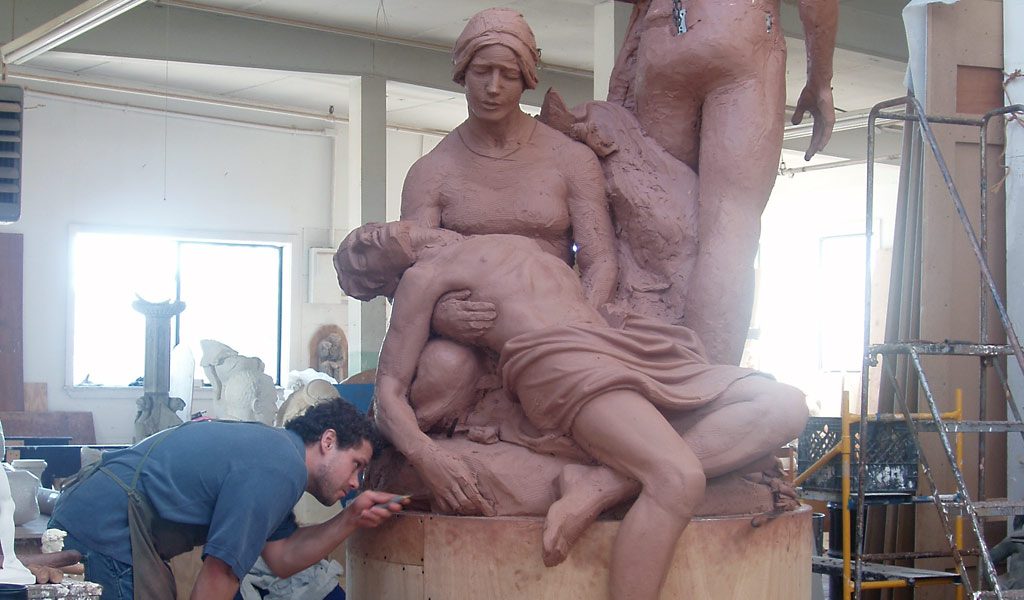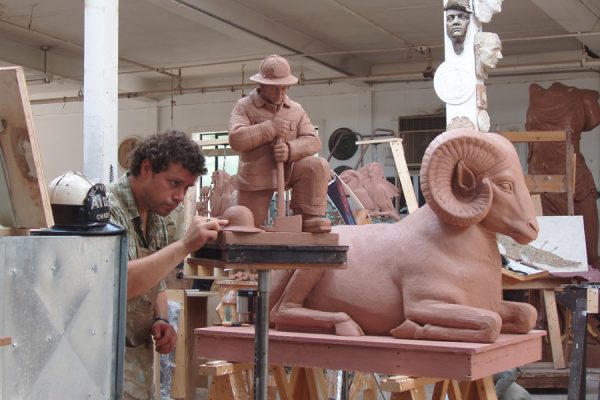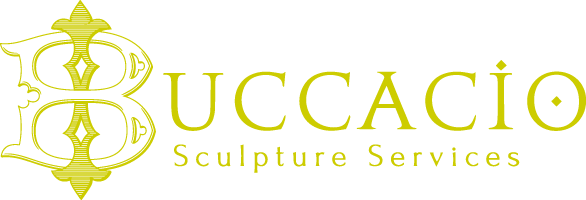by Jeff Buccacio
PUBLIC SCULPTURE: When I begin a project the first step is to patiently contemplate it all. What will the work look like, what will it say, and how the work will be perceived not only when finished but in the distant future? As I move forward in the creative process I try to understand how I can convey the meaning and message of inspiration into an emotional experience for the viewer.
Sculpture is a vehicle of personal interaction because making a piece of art for the public is much more important than just completing a commission and letting the work sit there. Every piece needs to be carefully considered, what experience does the work come from? Who are we trying to speak to? Why should we take time to consider this work?
THE HISTORICAL CONTEXT
You need to understand the historical context of the project, and then convey that emotionally. It is imperative to study the past and then try to imagine how the figures thought of themselves. So first the historical context, and then the emotional context because that’s how you bring them back to life. People connect to their memories of something through emotions.

Jeff Buccacio working on The Irish Potato Famine
KNOWING YOUR CLIENT
Listen to your client. It is their concept and their motivation that drives the work. By diligently working to create a varied series of maquettes, the client can participate in the process. As that process moves forward, I return to the many different expressions in those maquettes. Leaving behind a figure here, bringing in a gesture there, keeping a loose and creative approach until the process of addition and subtraction guides the work to where it belongs.
A COMMUNITY EFFORT
At the onset of a commissioned public sculpture, it is important to reach out because the monument will become a permanent part of the community. In fact, in reaching out to the community to hear their thoughts, concerns, and inspiration allows the work to stay in touch with the actual residents who will come to see the monument, who will teach their children about the sacrifice it represents and carry that legacy from generation to generation.
There is no step of the process I overlook because there can’t be a single feeling in the work that is overlooked. If the any part of the fundraising, design, execution, fabrication, installation and dedication are not in line with the feeling that the client sees in the work then something is lost. The sculptures that I make are not simply modeled and then passed off to a foundry…they are nurtured through every challenge and every obstacle so that in addition to the physical process of completing a work, they are also imbued with the care, and sensitivity that every serious monument deserves.

With commissioned public monuments, I want to draw upon the universal story of a personal and cultural struggle for survival. I want to draw the viewer into what that means. Sculpture is indeed a vehicle of personal interaction.
